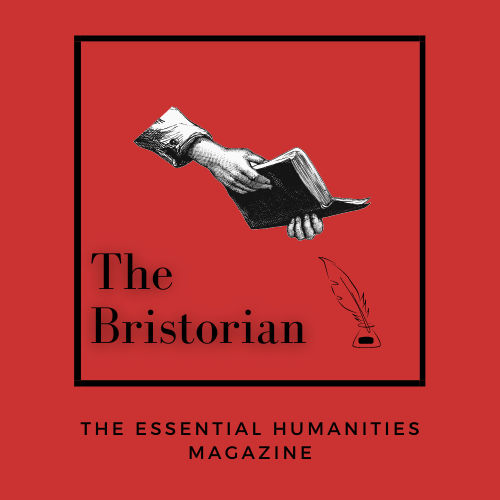A Short History of Frida Kahlo’s Life and Lovers
By Elizabeth Abbott, Third Year History and English.
Born in 1907, Frida Kahlo was a Mexican Surrealist painter who set her sights on an artistic career after a tragic bus accident at the age of eighteen which rendered her bedbound. Stuck in bed, she’d paint for days on end, with art becoming both therapy and a newfound passion.
Kahlo was a trailblazer when it came to political and self-expression through art. She explored themes of post-colonialism, class, pain and bisexuality through her work.
Kahlo's painting Two Nudes in a Forest has been interpreted as a symbol of Kahlo’s bisexuality. In the painting, two women are lying naked in a forest. A monkey, which symbolises sin and the devil, watches over the pair. As one woman rests her head on the lap of the other, with her hair being held in the woman’s hands, there is a sense of gentle care between the couple. The painting was gifted to her intimate partner of the time, Dolores del Rio.
Painted shortly after her divorce from fellow painter Diego Rivera, Frida’s 1940 Self-Portrait with Cropped Hair demonstrates her exploration of aesthetic gender roles within her work. Common contemporary images of Frida have her clothed in traditional, vibrant Mexican dresses, with bright lipstick and colourful head-pieces, but this portrait subverts such established ideas of femininity. Here, Frida appears more masculine as she wears a ‘man’s’ suit with short hair.
Still, we must note that Kahlo does not conform to rigid ideas of masculinity either, suggesting masculinity and femininity can be interwoven. The singular earring in her ear, the makeup on her face and her heeled shoes signify a presentation which is both feminine and masculine.
There are various rumours of Kahlo’s potential lovers. It has been speculated that she had a relationship with artist Georgia O’Keeffe, for example. When O’Keeffe was hospitalised in 1933, Kahlo wrote her an affectionate letter, reading ‘I thought of you a lot and never forget your wonderful hands and the colour of your eyes’. She even wrote a letter to her friend at the same time stating, ‘O’Keeffe was in the hospital for three months, she went to Bermuda for a rest. She didn’t made [sic] love to me that time’ further alluding to their physical relationship.
It has also been put forward that the woman in this painting, labelled Portrait of a Woman in White, was Kahlo’s first same-sex lover. Critics have suggested that the painting is unfinished since their affair ended unexpectedly. Others have argued she may have merely been a casual acquaintance. The lack of writing on the banner at the top of the piece means we are left with an unnamed, unexplained figure, and only speculation surrounding the queer undertones of the work.
Kahlo was very open with her sexuality and there is evidence of her friends discussing it. American artist Lucienne Bloch famously recalled when her husband Diego said over breakfast in Detroit, ‘You know Frida is homosexual, don’t you?’. French writer Jean van Heijenoort said, ‘Frida had many girl friends and lesbian friends…her lesbianism did not make her masculine.’
People still resonate with Kahlo as an icon of queerness. The contemporary Mexican artist Camila Fontenele de Mirando worked on a project called Everyone Can Be Frida, where she transformed 6,000 people into Kahlo. She stated that Kahlo helped her to seek her ‘self’ in this world, and wanted others to experience this too. Her work shows people in strong poses (representing Kahlo’s resilience), men wearing makeup to subvert gender stereotypes, and female-presenting people kissing.
If you would like to learn more about Kahlo’s vibrant life, the 2002 film Frida, starring Salma Hayak, is a brilliant place to start.



